Give Your Company the Competitive Marketing Edge with Push Notifications
The days of effective television ads, admail, and even internet advertisements are quickly fading into the past. What matters, now, is less about getting your company seen and more about making sure it’s remembered.
How do you make sure you are remembered? That you aren’t forgotten? You can email people. You can connect on social media. Or, on a more up close and personal level, you can send push notifications directly to their devices.
What Are Progressive Web Apps and Push Notifications?
Progressive Web Apps (PWAs) allow you to send consumers and readers push notifications directly to their devices in real-time.
Though push notifications have been around in the world of apps for a little while now, push notifications and PWAs are quickly changing the marketing landscape for companies who are making the switch from traditional websites and marketing to PWAs.
Could a Progressive Web App and push notification be what your business needs to push it to the next level?
In simple terms, a progressive web app is a fusion of an app and a website. It has a URL and can be reached through an internet browser but, like an app, it can also be saved to your home screen, accessed offline, send push notifications and more. Unlike an app, though, it doesn’t take up much space on your phone and doesn’t use much data to add to your home screen. Read more about PWAs in our crash course post by clicking here.
Push Notifications
Simply put, push notifications are those notifications that pop up on your phone or tablet, often with an accompanying sound, to tell you something. They might tell you that you have a message, an offer, or entice you back to playing a game.
The picture below shows a push notification for the language learning app Duo Lingo:
(Image from https://appinstitute.com/what-is-a-push-notification/)
Why Are Push Notifications So Important?
Here we are talking all about how great it is that PWAs let you send push notifications, but you must be wondering: Why do I need them?
Well, the truth is, push notifications increase engagement, re-engagement, conversions, and save money. Yes, you read that right, they can save you money.
- Push notifications get people to re-engage with your content.
- Push notifications can increase sales and other conversions.
- Push notifications save you money.
Push notifications get people to re-engage with your content
People don’t just go back to your website to see what’s new. They go when they feel motivated. Maybe they have a question they know your website will answer, maybe they want to buy something new, maybe they stumble back across it in a web search or are enticed by an ad. But with advertisements seeming less success than ever before, how do you get people to come back to your site to check out your new products, services, and promotional offers?
By notifying them of some sort of update you increase the chance that the consumer will return to your website.
Think about it this way: Gerald likes to get his news from GNews. He checks GNews once every couple days. Naturally, GNews wants people reading their content more than once every few days, since their revenue is based on ad views and clicks. Relying on Gerald to visit their website on his own means he only views a few times per week. Sending Gerald push notifications about breaking news, though, means that Gerald might click the notification and re-engage with the GNews site (or PWA).
Push notifications can increase sales and other conversions
Candace likes Company A’s shoes. Typically, she only looks for shoes when she needs new ones for an event, wears out her old ones, goes through a particularly stressful time in her life, or hears about a sale. While you Company A cannot control the events in Candace’s life, how long her shoes last (unless they chose to make low-quality products which is a bad idea), or how often she feels stress (which an ethical company wouldn’t want to increase anyway), they can control how often she hears about sales.
Though companies cannot control a lot of what drives consumer behavior they can control whether or not consumers hear about their latest offers.
In the past, companies would buy ad space in magazines, newspapers, on television, or even on other websites. Those can all be great options, especially other websites, but what if you want to connect directly to your consumers?
Well, you can email them. Email open rates as of 2018 were about 25%. That means only 1/4 of your mailing list reads your emails. And, when you’re making connections to consumers that’s not bad. But if you’re trying to get them to engage with a new sale, event, or promotional offer, 25% isn’t great.
Let’s compare this with push notifications. If your notification simple, you can actually display all necessary information in the notification itself. That means that you don’t even need the consumer to click on it to learn about your latest offer. That means, 25% of people get the information from your emails but 100% of people receiving push notifications get that same information.
If they do click on it, they are actively engaging. Clickthrough rates on push notifications are about 5-7%. The average email clickthrough rate is half that.
Push notifications save you money in advertising
Though you’ll still need traditional and inbound/content marketing to bring in new leads, push notifications mean you can probably spend less money on those traditional advertising channels. Why reach out to consumers on television or through internet ads when you can access your target audience directly, through their very own personal devices?


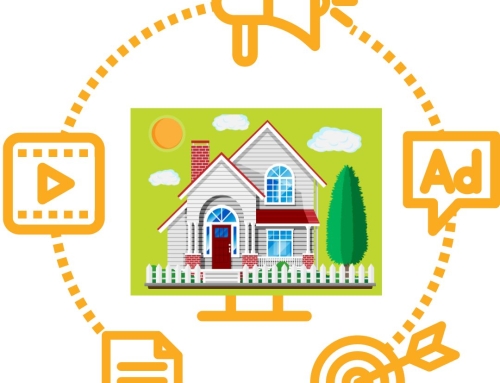
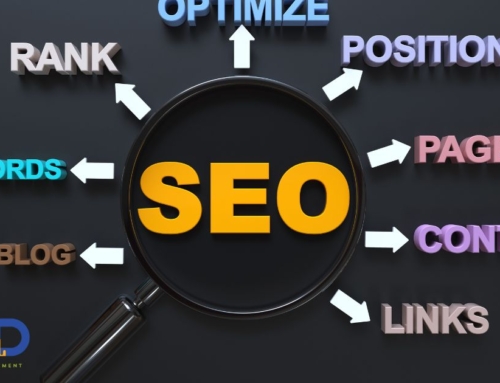
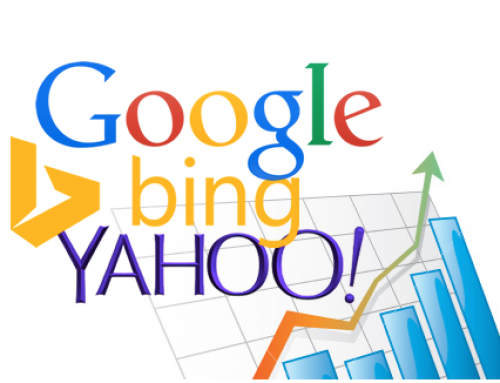
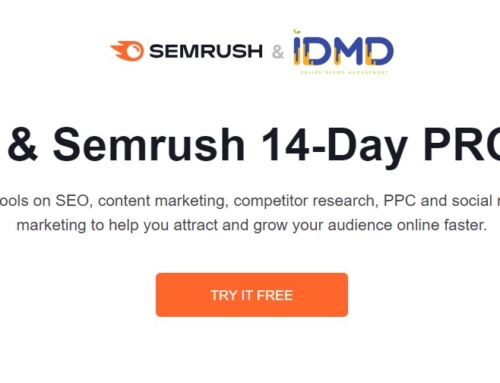

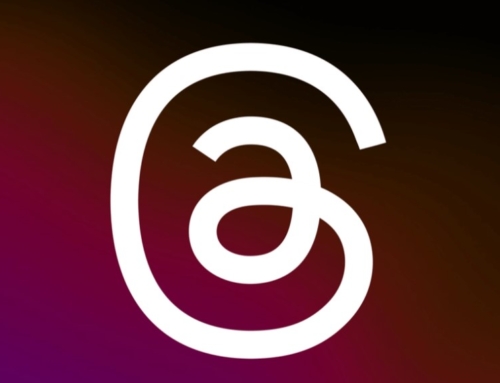
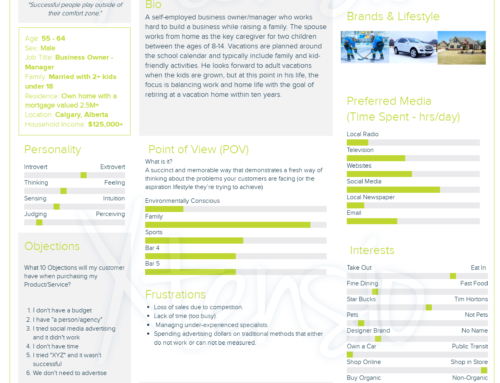
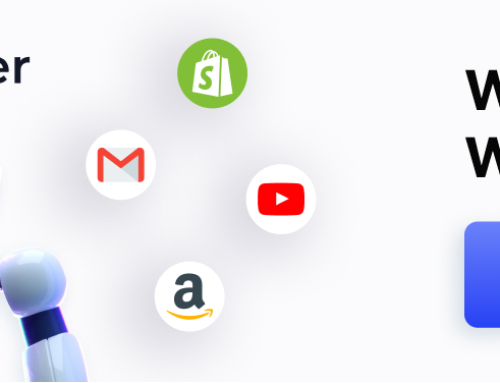
Leave A Comment